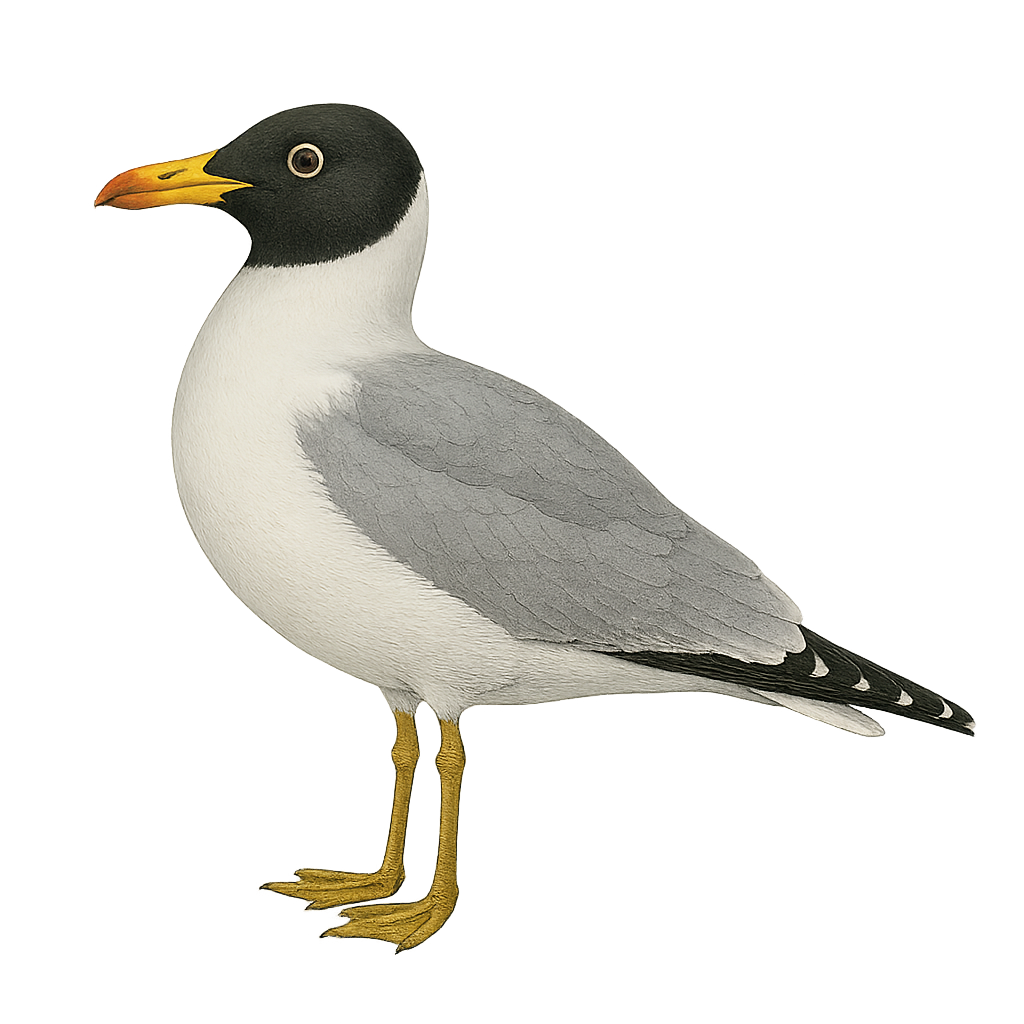Your wildlife photography guide.
Explore the pallas's gull in detail, study its behavior, prepare your shots.
Where to observe and photograph the pallas's gull in the wild
Learn where and when to spot the pallas's gull in the wild, how to identify the species based on distinctive features, and what natural environments it inhabits. The WildlifePhotographer app offers tailored photography tips that reflect the pallas's gull’s behavior, helping you capture better wildlife images. Explore the full species profile for key information including description, habitat, active periods, and approach techniques.
Pallas's Gull
Scientific name: Ichthyaetus ichthyaetus

IUCN Status: Least Concern
Family: LARIDAE
Group: Birds
Sensitivity to human approach: Suspicious
Minimum approach distance: 10 m
Courtship display: April to June
Incubation: 23-26 jours
Hatchings: April to July
Habitat:
Lakes, rivers, coasts
Activity period :
Primarily active during the day, with peak activity in the morning and late afternoon.
Identification and description:
The Pallas's Gull is a large seabird, easily identifiable by its distinctive black head and bright yellow bill. It primarily inhabits the lakes and rivers of Central Asia but migrates to the southern coasts of Asia and the Middle East during winter. Its plumage is mostly white with grey wings and black wingtips. It feeds mainly on fish but also consumes crustaceans and small mammals. Its call is harsh and loud, often heard when defending its territory. The Pallas's Gull nests in colonies on islands or sandbanks, typically laying two to three eggs.
Recommended lens:
400 mm – adjust based on distance, desired framing (portrait or habitat), and approach conditions.
Photography tips:
To photograph the Pallas's Gull, choose early mornings or late afternoons when the light is soft. Use a 400mm or longer telephoto lens to capture precise details without disturbing the bird. Be patient and wait for it to land or fish to get dynamic shots. Avoid sudden movements and maintain a safe distance of at least 10 m to prevent scaring it away.
The WildlifePhotographer App is coming soon!
Be the first to explore the best nature spots, track rutting seasons, log your observations, and observe more wildlife.
Already 1 431 wildlife lovers subscribed worldwide

